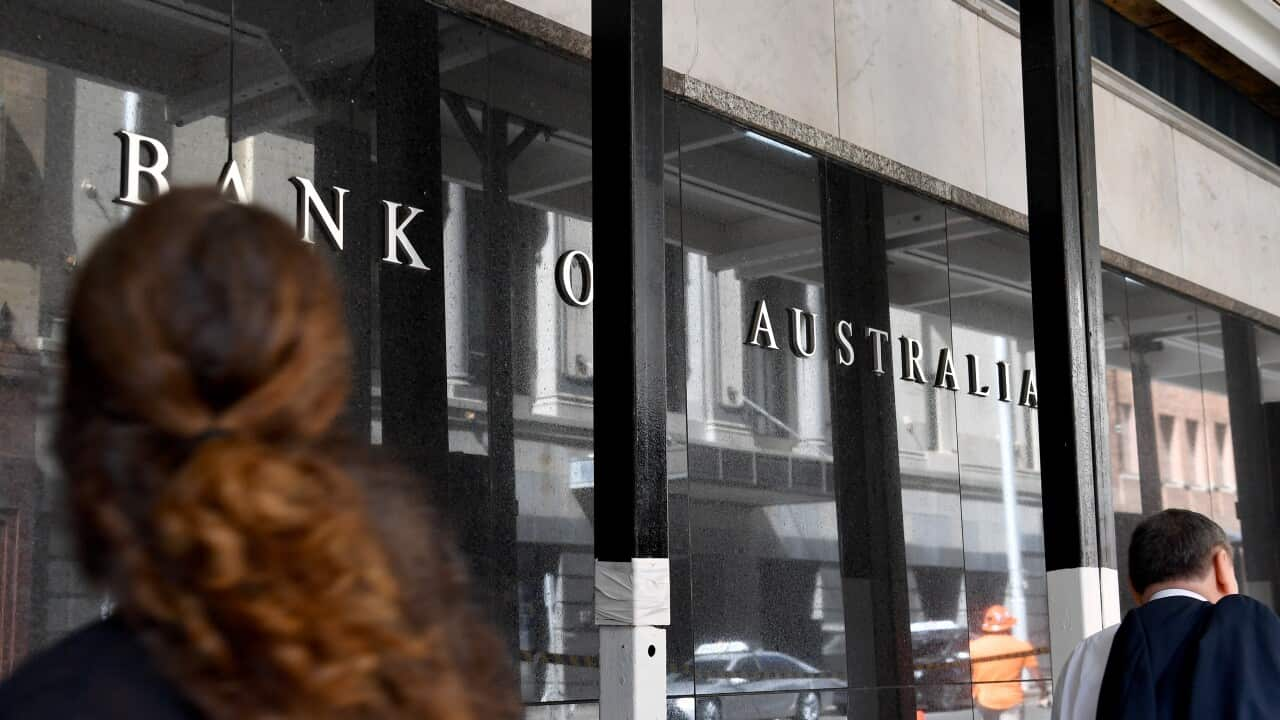After a month of relief, Australian mortgage holders will be hit with higher repayments following the central bank's decision to hike the cash rate.
The Reserve Bank of Australia's (RBA) Tuesday decision to lift the cash rate by a quarter of a percentage point to 3.85 per cent — an 11-year high — will pave the way for lenders to increase variable home loan interest rates.
In April, the RBA decided to pause, to allow its increases to ripple through the economy, recognising that interest rate movements don't take effect immediately. Although, at the time, it said it was prepared to tighten further if incoming data called for it.
Why has the RBA decided to raise rates?
In its statement on Tuesday, the RBA said that, while inflation had passed its peak, it was still too high at 7 per cent, and the board was still determined to get it down to the target range of 2-3 per cent.
"It will be some time yet before it is back in the target range," RBA governor Philip Lowe said.
"Given the importance of returning inflation to target within a reasonable timeframe, the Board judged that a further increase in interest rates was warranted today."

The RBA starting hiking rates in May 2022, and every month since then has resulted in a 25 basis point increase, except for a reprieve in April 2023. Credit: SBS News
However, some said the decision was unnecessary as 10 previous rate hikes were still working their way through the economy.
“With the recent independent review into the RBA reminding Australians that full employment sits alongside price stability in the bank’s mandate, it is important that the RBA exercises caution on rate rises until it has seen the impact of the last 10 fully pass through the economy,” said Pradeep Philip, Head of Deloitte Access Economics.
What will happen now?
Mortgage holders will pay more in their repayments if their banks decide to follow the rate hike.
The May cash rate increase will add $82 to the monthly repayment on a $500,000 loan over 30 years, according to Canstar.
Compared to April 2022, borrowers will be paying an extra $1,133 in monthly repayments or 54 per cent more, it added.
More than 1.3 million mortgage holders were found to be at risk of mortgage stress in the first three months of this year, according to a recent report from Roy Morgan. It was the highest number since September 2008.
PropTrack senior economist Eleanor Creagh said house prices would be influenced by opposing factors, including the level of supply in the market and the trajectory of interest rates.
"Headwinds remain, with the full impact of rate rises already delivered yet to be felt and the possibility of further tightening still in play," she said.
What has happened with interest rates this year?
The RBA starting hiking rates in May 2022, and every month since then has pushed rates up by 25 basis points, except for a reprieve in April 2023 when rates were paused.
The cash rate, which has been hiked by 375 basis points since May 2022, is now at the highest level since April 2012.

Credit: SBS News
He said the board would monitor the evolution of labour costs and the price-setting behaviour of firms, in an apparent reference to "sticky inflation.".
Are experts predicting more rate rises?
The RBA has hinted at more rate rises.
"Some further tightening of monetary policy may be required to ensure that inflation returns to target in a reasonable timeframe, but that will depend upon how the economy and inflation evolve," the governor said in the latest statement.
The governor said while the recent data showed a welcome decline in inflation, the central forecast remains that it would take a couple of years before inflation returned to the top of the target range.
He said inflation was expected to be 4½ per cent in 2023 and 3 per cent in mid-2025.
"The Board’s priority remains to return inflation to target. High inflation makes life difficult for people and damages the functioning of the economy. And if high inflation were to become entrenched in people’s expectations, it would be very costly to reduce later, involving even higher interest rates and a larger rise in unemployment," he said.
Ms Creagh said the end was in sight.
"It is likely the bottoming process will continue, with the bounce in home prices firming and values stabilising as uncertainty eases. A home shortage exacerbated by high construction costs and industry challenges will also underpin values as the population grows.
Anneke Thompson, chief economist at CreditorWatch said Australia was now highly likely to be at the peak of the monetary policy tightening cycle.
"The current settings will put enormous pressure on borrowers, particularly those that secured a home loan in the past two years," she said.











